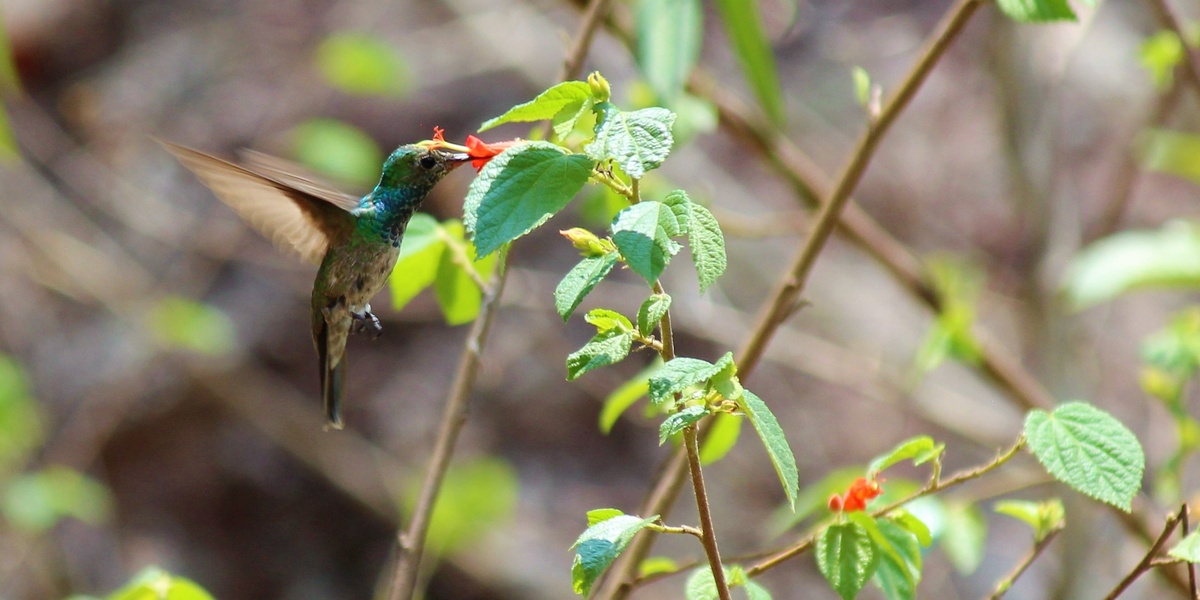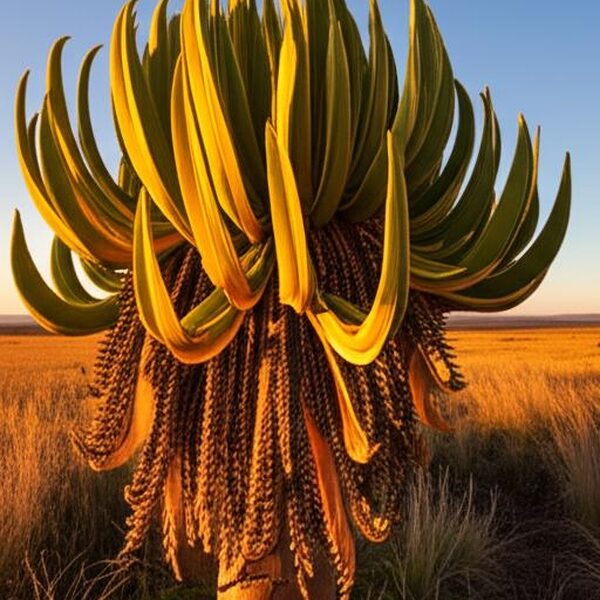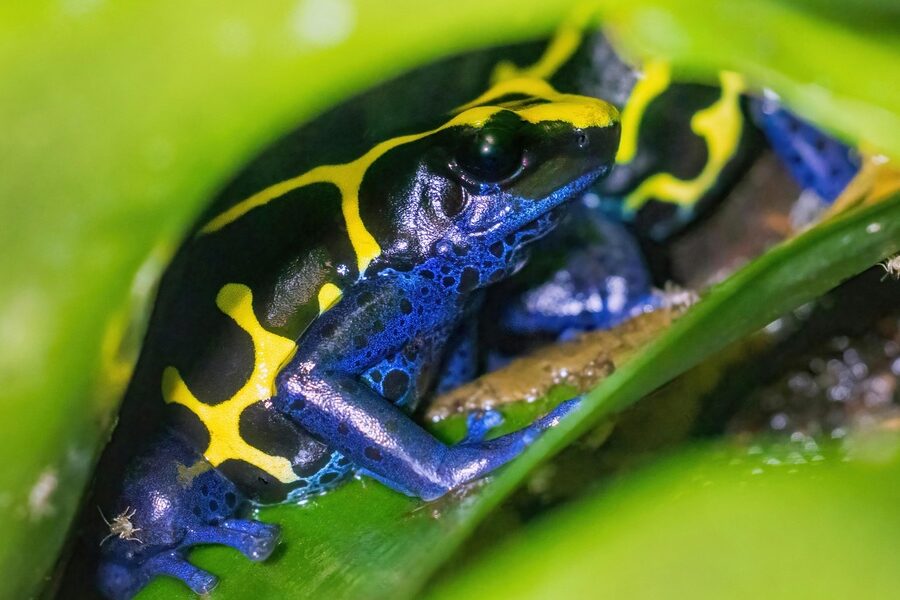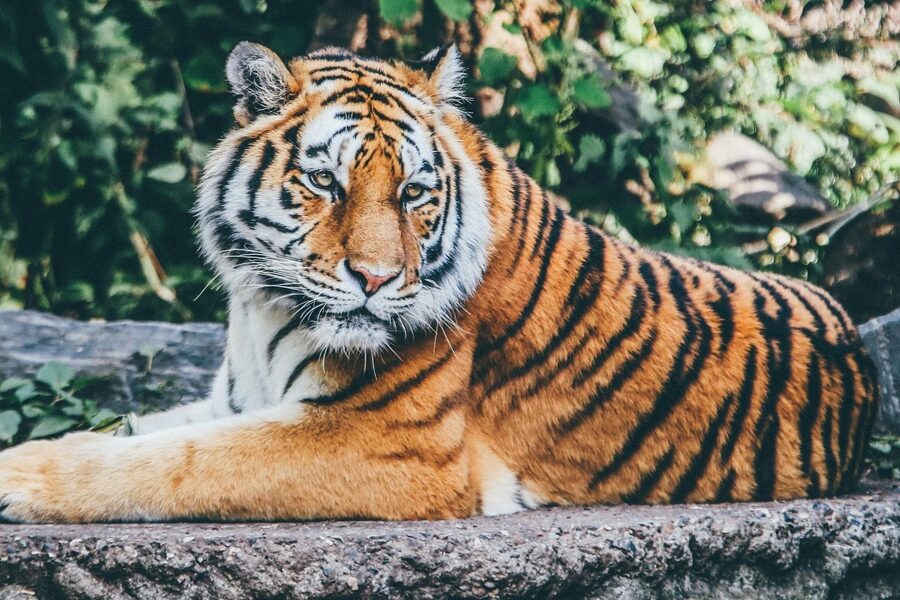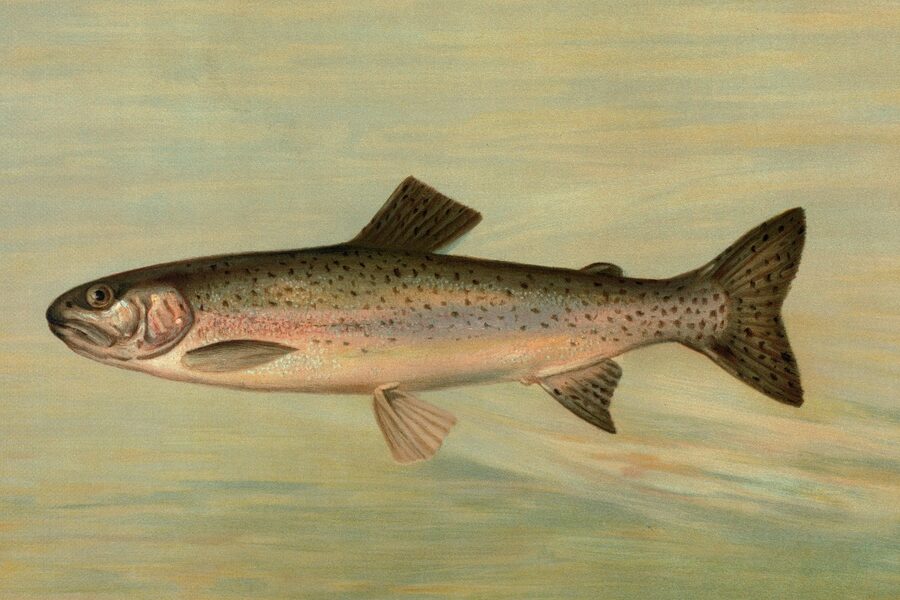Honduras, a country rich in natural beauty, boasts a remarkable tapestry of life. Its diverse landscapes, from Caribbean coastlines and cloud forests to rugged mountains, create unique ecosystems that serve as natural cradles for species found nowhere else on Earth.
This biological isolation is precisely why the country is home to so many special creatures. In this list, we explore Animals Only Found in Honduras, bringing you a complete look at 20 distinct species. Our journey spans from the vibrant Adan’s Killifish to the intriguing Utila Anole, with each entry detailing its Scientific Name, Habitat, and a Notable Fact, providing you with a deeper understanding of these rare inhabitants you’ll find below.
What does it mean for an animal to be “endemic” to Honduras?
An animal is considered endemic to Honduras if its natural range is exclusively limited to that geographical area. This means the species evolved and can only be found living in the wild within Honduras’s borders, making it unique and often vulnerable to habitat changes or other threats within that specific region.
Why does Honduras have so many unique animal species?
Honduras’s high level of endemism is largely due to its varied topography and climate, which create diverse and often isolated habitats. From high-altitude cloud forests to specific coastal regions and islands, these distinct environments foster evolutionary processes that lead to species developing in unique ways, adapting specifically to those local conditions and preventing their spread elsewhere.
Animals Only Found in Honduras
| Animal Name | Scientific Name | Habitat | Notable Fact |
|---|---|---|---|
| Honduran Emerald | Amazilia luciae | Dry thorn-forest and scrub in the upper Aguan River valley. | This is the only bird species found exclusively in Honduras. |
| Roatán Spiny-tailed Iguana | Ctenosaura oedirhina | Dry forests, mangroves, and coastal areas of the island of Roatán. | Locally known as the “Jamo,” it is critically endangered due to habitat loss. |
| Honduran Palm-Pitviper | Bothriechis marchi | Cloud forests of the Sierra de Omoa and Merendón in northwestern Honduras. | It has a prehensile tail to grip branches while hunting in trees. |
| Utila Anole | Anolis utilensis | Coastal vegetation and forests on the island of Utila. | Males can display a large, colorful throat fan, or dewlap, for communication. |
| Honduran Small-eared Shrew | Cryptotis hondurensis | High-altitude cloud forests in central and western Honduras. | It uses high-frequency squeaks for echolocation to navigate and find prey. |
| Honduran Spike-thumb Frog | Plectrohyla dasypus | Mountain streams in Cusuco and Merendón cloud forests. | Males have a sharp, keratinized spine on their thumbs for combat. |
| Miles’ Robber Frog | Craugastor milesi | Humid lowland and montane forests of the northern coast. | This frog has not been seen since 1985 and is possibly extinct. |
| Honduran Hidden Salamander | Cryptotriton nasalis | Cloud forests in Sierra de Omoa, Santa Bárbara, and other mountains. | This is a lungless salamander that breathes entirely through its moist skin. |
| Roatán Anole | Anolis roatanensis | Forests and human-modified habitats on the island of Roatán. | It can change its skin color for camouflage or social signaling. |
| Bay Islands Least Gecko | Sphaerodactylus rosaurae | Leaf litter in forests on the Bay Islands and Cayos Cochinos. | It is one of the smallest reptiles in the world. |
| Honduran Deermouse | Peromyscus hondurensis | Cloud forests in the mountains of western Honduras. | It is nocturnal, spending its days in burrows or tree hollows. |
| Dunn’s Mushroom-tongue Salamander | Bolitoglossa dunni | High-elevation cloud forests of the Sierra de Omoa range. | It can fire its tongue out at incredible speed to catch insect prey. |
| Porras’s Mushroom-tongue Salamander | Bolitoglossa porrasorum | Cloud forests of Pico Bonito and Nombre de Dios National Parks. | It is critically endangered, primarily due to habitat loss. |
| Exquisite Spike-thumb Frog | Plectrohyla exquisita | Cloud forests in the remote Sierra de Agalta National Park. | Its name “exquisita” refers to its beautiful and striking coloration. |
| Tolupan Ground Snake | Rhadinella tolpanorum | Cloud forest in the Montaña de la Flor region. | It was discovered recently and named in honor of the indigenous Tolupan people. |
| Honduran Tropical Night Lizard | Lepidophyma hondurensis | Humid montane forests in northern Honduras. | Unlike most lizards, it gives birth to live young instead of laying eggs. |
| Adan’s Killifish | Profundulus adani | Small, clear streams in the Río Ulúa and Chamelecón basins. | It is adapted to survive in small, isolated freshwater habitats. |
| Lumberjack Moss Salamander | Nototriton lignicola | High-elevation cloud forests of Olancho and Yoro departments. | Its name refers to its discovery near a logging operation. |
| Cataguana Mushroom-tongue Salamander | Bolitoglossa cataguana | Humid montane forest in the Texiguat Wildlife Refuge. | It was only scientifically described to the world in 2009. |
| John Meyer’s Anole | Norops johnmeyeri | Cloud forests of Cusuco National Park in the Sierra de Omoa. | Named after herpetologist John R. Meyer, who studied Honduran amphibians and reptiles. |
Images and Descriptions
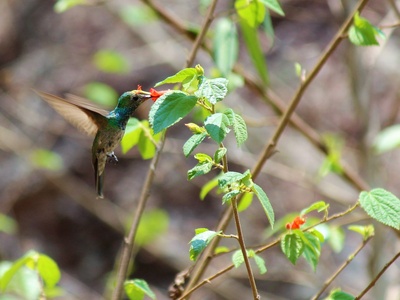
Honduran Emerald
This small, fast-moving hummingbird has a shimmering blue-green throat and a forked tail. It feeds on nectar from flowering cacti and shrubs in its very restricted and arid habitat, making it a national treasure but also highly vulnerable to habitat loss.
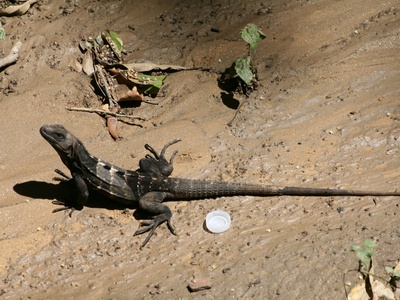
Roatán Spiny-tailed Iguana
This large, dark-colored lizard is a key seed disperser on Roatán. Unlike its relatives, it prefers a more arboreal lifestyle, spending time in trees. Conservation efforts are crucial to protect this unique island reptile from extinction.
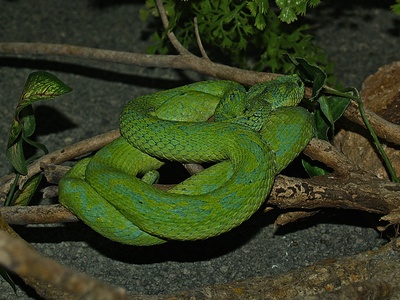
Honduran Palm-Pitviper
A master of camouflage, this venomous snake is typically a vibrant green, blending perfectly with forest foliage. It is an ambush predator, waiting patiently in trees for unsuspecting frogs, lizards, or small mammals to pass by.
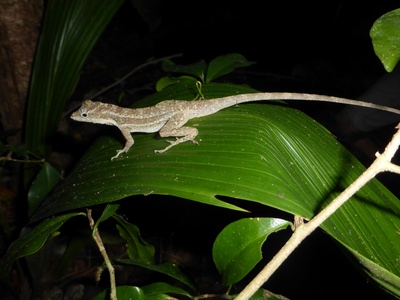
Utila Anole
This small lizard is found only on the tiny island of Utila. It has adapted perfectly to its island home, thriving in the coastal scrub and forest environments. Males are typically larger and more colorful than the more cryptic females.
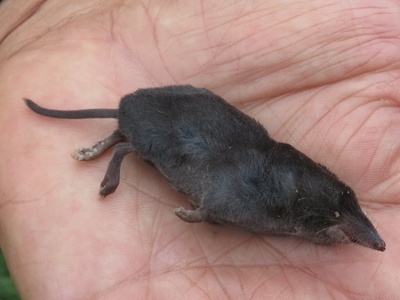
Honduran Small-eared Shrew
This tiny, secretive mammal lives in the cool, damp leaf litter of mountain forests. With a high metabolism, it constantly forages for insects, worms, and other small invertebrates, playing a vital role in its high-altitude ecosystem.
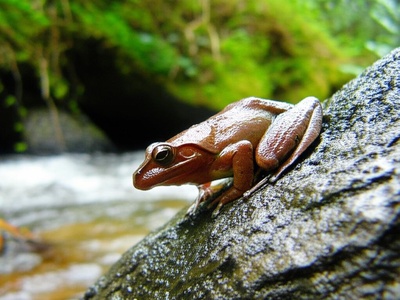
Honduran Spike-thumb Frog
This critically endangered frog relies on pristine, fast-flowing mountain streams for survival. Its tadpoles have specialized mouths to cling to rocks in strong currents. The species is a key indicator of forest health.
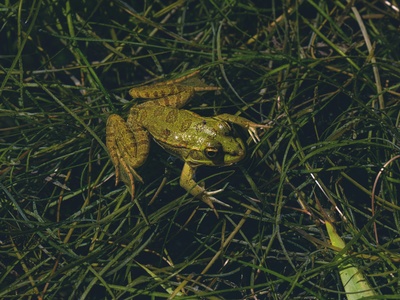
Miles’ Robber Frog
Once inhabiting the lush forests of national parks like Pico Bonito, this ground-dwelling frog is a tragic symbol of the global amphibian crisis. Its disappearance highlights the fragility of Honduras’s unique ecosystems and the threat of chytrid fungus.
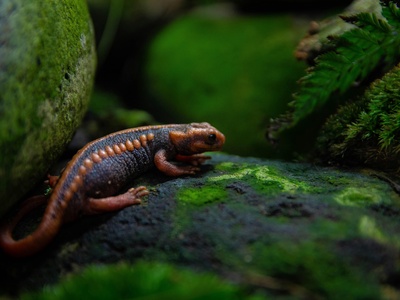
Honduran Hidden Salamander
Living a hidden life under logs and moss in high-altitude forests, this tiny salamander is rarely seen. Its survival depends on the constant moisture and cool temperatures provided by intact cloud forest environments, which are under threat.
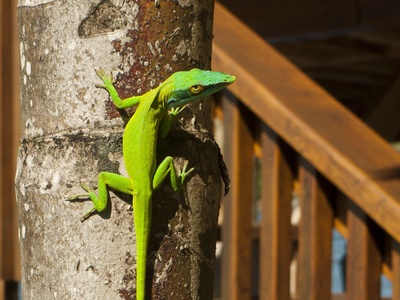
Roatán Anole
Another lizard endemic to the Bay Islands, this species is slightly larger than its Utila cousin. It is highly adaptable, found in both pristine forests and more developed areas, where it can often be seen hunting insects on walls and trees.
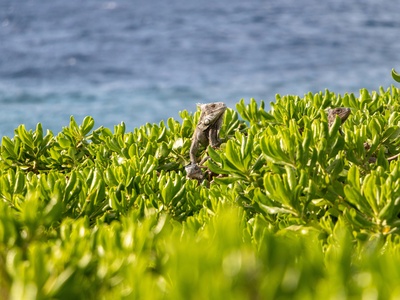
Bay Islands Least Gecko
This minuscule gecko is so small it can easily be mistaken for an insect. It scurries through the forest floor hunting for tiny prey like ants and mites. Its tiny size and secretive nature make it a difficult but fascinating animal to find.
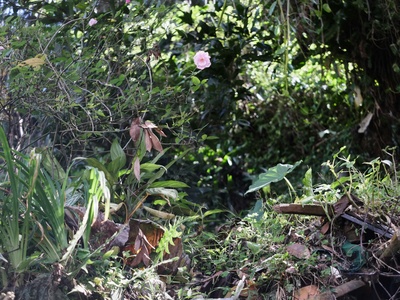
Honduran Deermouse
This small rodent is a crucial part of the forest food web, serving as prey for owls and snakes. It forages at night for seeds, fruits, and insects on the forest floor, contributing to seed dispersal and ecosystem balance.
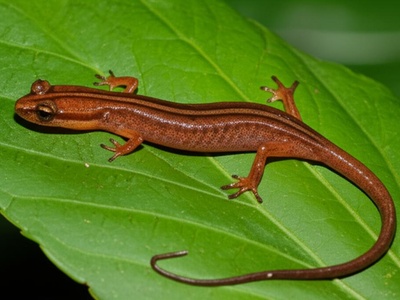
Dunn’s Mushroom-tongue Salamander
This arboreal salamander uses its webbed feet and prehensile tail to climb through vegetation. Like other members of its genus, it is lungless and relies on its skin for respiration, making it highly sensitive to changes in humidity and temperature.
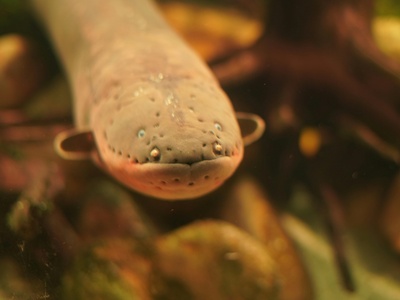
Porras’s Mushroom-tongue Salamander
Named for the Porras family who helped discover it, this rare salamander lives high in the forest canopy. Its survival is directly tied to the preservation of the pristine, high-altitude cloud forests it calls home, a habitat shrinking due to climate change.
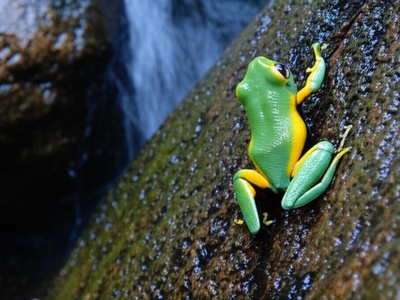
Exquisite Spike-thumb Frog
This vibrant green and yellow frog is exceptionally rare and lives in one of the most remote and unexplored regions of Honduras. It inhabits the splash zones of waterfalls and cascades, a specialized habitat that makes it highly vulnerable.
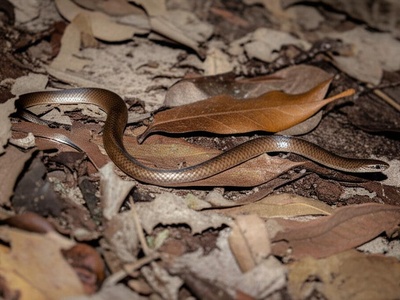
Tolupan Ground Snake
This small, secretive snake is known from only a single location. It lives in the leaf litter of its mountain home, preying on small invertebrates. Its discovery highlights how much unknown biodiversity remains in Honduras’s remote forests.
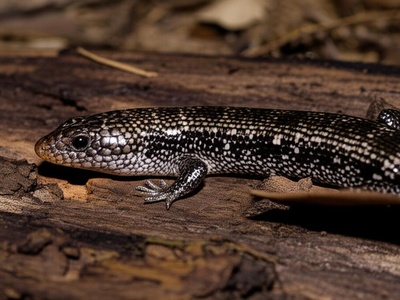
Honduran Tropical Night Lizard
This lizard is a secretive creature that spends its life hiding in and around rotting logs and under bark. It has a distinctive pattern of light spots on a dark body, providing excellent camouflage on the forest floor.
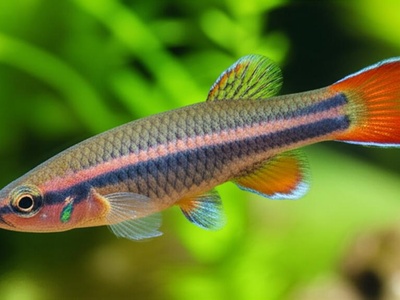
Adan’s Killifish
This small, colorful fish is a true Honduran native, found nowhere else in the world. It thrives in specific water conditions, making it a bioindicator for the health of the country’s northern river systems, which face pollution threats.

Lumberjack Moss Salamander
This tiny salamander is a master of disguise, perfectly matching the mossy branches it lives on. It is part of a group of extremely small neotropical salamanders that are incredibly difficult to study due to their size and remote habitats.
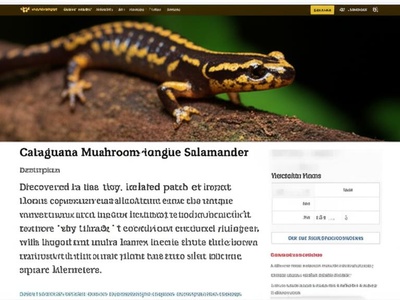
Cataguana Mushroom-tongue Salamander
Discovered in a tiny, isolated patch of forest, this salamander represents the unique evolution that can occur in Honduras’s “sky islands.” It is critically endangered, with its entire known population living in an area of just a few square kilometers.
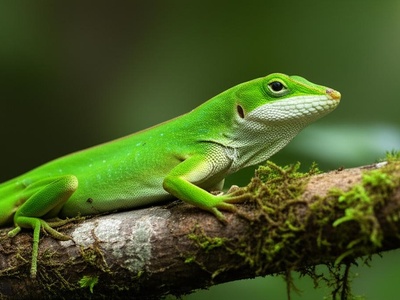
John Meyer’s Anole
This brightly colored anole is a denizen of the high, wet cloud forests of northwestern Honduras. Its vibrant green hue allows it to disappear among the mosses and ferns of the forest canopy, where it hunts for insects.
